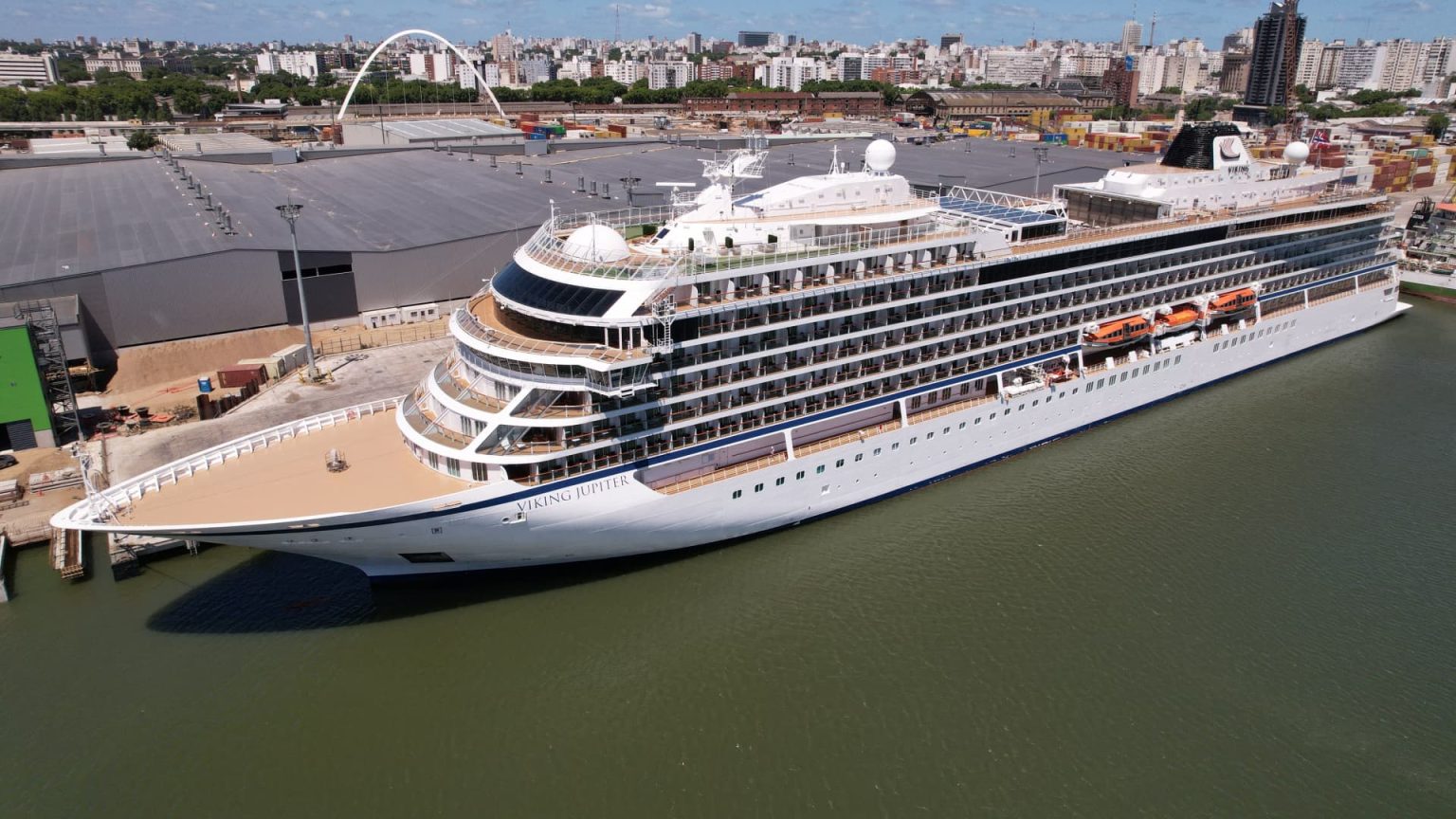Viking is a luxury cruise operator that caters to high-income baby boomers, with upscale vessels that do not allow children and no casinos on board. The company’s focus is on appealing to travelers seeking adventure and new experiences, rather than trying to cater to everyone. Viking’s initial public offering on the New York Stock Exchange was aiming for a $10.4 billion valuation, making it the third-largest cruise operator behind Royal Caribbean and Carnival. The company started trading at $24 a share under the ticker “VIK” and upsized its IPO due to strong demand. Viking has quickly expanded its fleet from four ships in 1997 to 92 vessels, primarily river-based ships traveling through Europe and other regions.
The timing of Viking’s IPO comes amid a strong rebound in cruise bookings, with Royal Caribbean raising its guidance for 2024. The cruise industry has seen increased competition and interest, with overall travel industry revenue of $1.9 trillion and cruise industry revenue of $56 billion. Viking’s premium price point allows it to generate higher revenue per passenger compared to other publicly traded cruise lines, despite reporting a net loss for the year. Investors will be interested in the company’s expansion plans, as well as comparisons to other cruise operators like Norwegian Cruise Line and concerns about overcapacity in the industry.
While there are concerns about overcapacity and pricing in the cruise industry, Viking has positioned itself well to attract high-income travelers who are willing to pay premium prices for a more exclusive and luxurious experience. Land-based hotel rates have increased by 25% since 2019, while cruise line rates have only increased by 10%, making cruising a more attractive and cost-effective option for travelers. The industry is focused on how well demand has rebounded from the pandemic and the value proposition of cruising compared to other vacation options.
Viking’s unique approach to luxury cruising has helped it carve out a niche in the market, focusing on high-income baby boomers seeking adventure and new experiences. The company’s initial public offering was successful, with strong demand from investors and an upsized IPO. Viking’s expansion plans and premium price point set it apart from other cruise operators, allowing it to generate higher revenue per passenger despite reporting a net loss for the year. As the cruise industry continues to rebound from the pandemic, Viking’s luxury offerings and exclusive experiences may help it maintain a strong position in the market.


